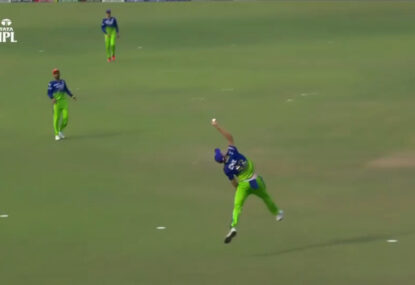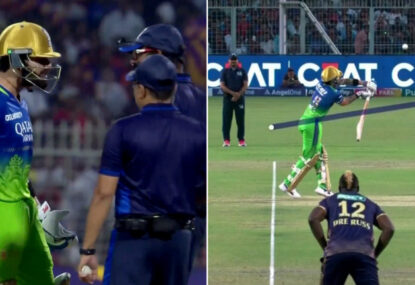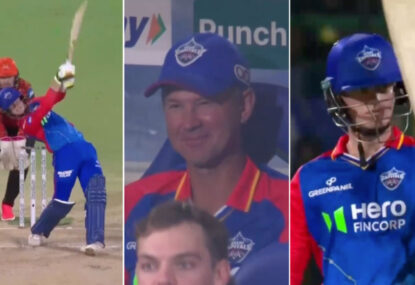In the first part of this article, I formed the top six in my team. Here I will be completing my XII. I will start with an all-rounder, who enjoyed a brief but a memorable stint as an international cricketer.
Mike Procter (SA)
As I mentioned in the earlier part, the selection of SA representative in my team created a big conundrum for me.
There was Barry Richards, regarded by some to be the best batsman of the 70s and there was Brett Schultz. ‘The Bear’ took 37 wickets in just nine Tests, each wicket costing 20.24 runs only.
But my vote eventually went to Mike Procter, the Durban-born all-rounder whose Test career was just restricted to seven Tests – all against Australia – due to the political ban. A batting average of 25 and a bowling average of 15 gives us a clue about ‘what might have been’.
At the end, international cricket’s loss was Gloucestershire’s (often jokingly called Proctershire) gain. People often turned up for his county’s matches mainly to watch him in action.
He did qualify to play for England in the 1980s, but he never represented the Poms. He was already past his best; and that move was done mainly to accommodate another overseas player in his county team.
Rashid Khan (Afghanistan)
Given that I would pick a mystery spinner from Australia for the No. 11 slot; I would have preferred Mujeeb-ur-Rahman to represent the Afghans.
I have seen world-class batsmen like Chris Gayle and Tamim Iqbal struggle to pick him properly. But, although he has been enormously successful in the limited over versions, he struggled badly in his only Test against India.
So, the place goes to Rashid Khan, the current skipper of Afghan team. I consider him as a classical leg break bowler; although his well-disguised googly remains an enigma to many top batsmen in world cricket.
After emerging as a world-class bowler in limited over cricket, he made his Test debut in the summer of 2018.
While, the Indian top order played him with consummate ease, he had proved a different proposition for the Irish and the Bangladeshi batsmen.
So far, in four Tests Rashid has taken 23 wickets at 21.08.
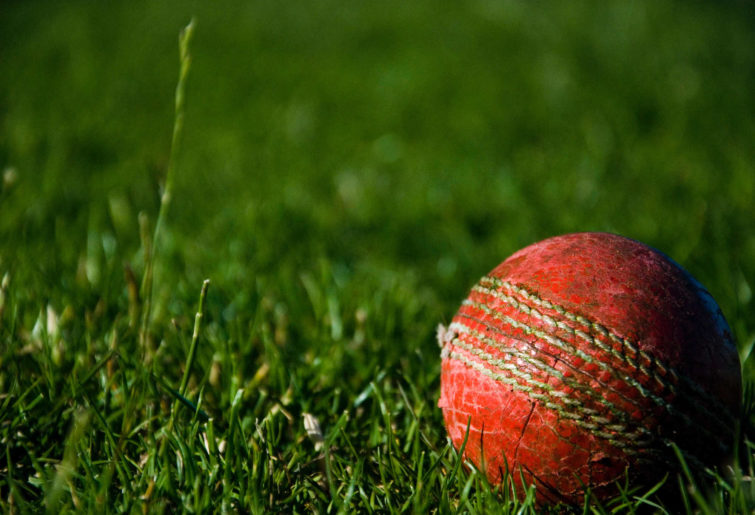
Cricket ball
Tony Gray (WI)
6 ft 6 inches tall, Gray seemed destined to become the first great fast bowler to come from Trinidad and Tobago; and in his first full season with the WI team in 1986-87, he showed great promise.
But injuries restricted his Test careers to just five Tests and 25 ODIs. He took 22 wickets at just 17 in Tests; and his ODI record shows 44 wickets at less than 19 apiece.
And, a good number of his international matches were played in Asia, traditionally a graveyard for the quickies. He never had a five wicket haul in a Test innings but always seemed to chip away with 2/3 wickets per innings.
His best Test figures 4 for 39 came in the first innings of his debut test at Faisalabad.
Things started to go wrong for him right from the start of the 1987-88 season. He was sent home with injury from the WC on the subcontinent. And the next year and a half saw Courtney Walsh, Curtley Ambrose and Ian Bishop emerge as world-class fast bowlers leaving Gray way behind in the pecking order.
There seemed a ray of hope when he took 6 for 50 against Allan Border’s men in 1991 in front of his home crowd at the Queen’s Park Oval. But, then he was overlooked for England tour in the summer, signalling the end of his international career.
Vinothen John (SL)
Injuries and fierce competition may explain Tony Gray’s failure to build a long international career; I find it very difficult to find any reasons behind John’s playing only six Tests for his country.
Statistically, the most successful SL Test bowler of the 1980’s picked up 28 wickets at less than 22 apiece. In his international debut, in India during the autumn of 1982, he shared the new ball with Asantha De Mel; and the contrast between the two was great.
De Mel was a superb athlete; who ran to the wicket like a 100m sprinter. In contrast, John’s run up to the wicket often reminded me of a marathon runner towards the end of his long effort; almost gasping for breath.
Yet, once in to the bowling crease, he could become deceptively quick for the batsmen at the other end; as the Kiwis found out on more than one occasion. Interestingly, 5 of his 6 Tests were against NZ.
In his debut Test at Christchurch, in early 1983, he dismissed Glenn Turner caught behind; not a bad first Test wicket.
Even more impressive was his 5 for 60 in the first innings of the next Test at Wellington. SL took a surprise first innings lead; but the inexperience of their batting eventually cost them the match.
In his final Test at Lord’s in 1984, he took 4 for 98 in the only Eng innings, showing excellent control in perfect batting conditions.
Surprisingly, he never played a Test for SL again, although he remained a part of the ODI team until the end of the 1987 WC.
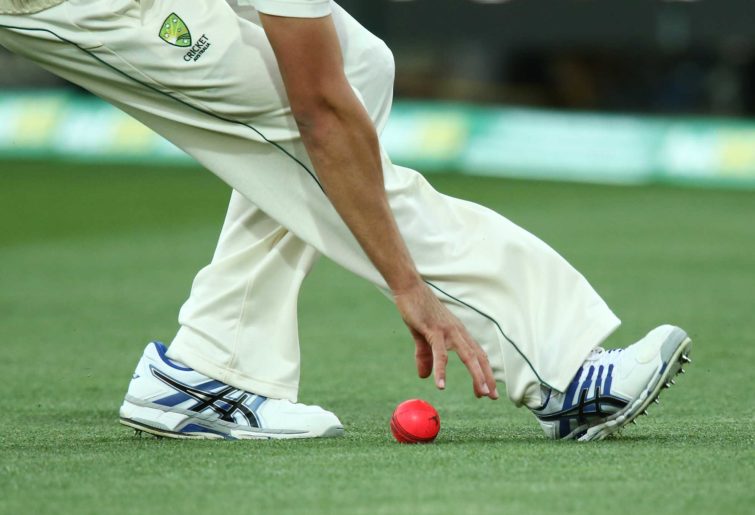
(Photo by Morne de Klerk/Getty Images)
Jack Iverson (Aus)
In late 1946, Jack Iverson, already in his 30s was playing for the third XI for Brighton Cricket club in Victoria.
A meteoric rise saw him take 46 wickets for Victoria in the 1949-50 season, playing under his old school buddy Lindsay Hassett.
After a successful tour to New Zealand, he made his Test debut in the Ashes series of 1950-51.
And in the five Test series, he bamboozled the best English batsmen with his mystery action. With no clue about which was the ball would turn, even the great Len Hutton struggled against him.
He took 21 wickets at 15.23, his best 6-27 in the second innings of the third Test at SCG resulted in a crushing victory for the home side.
His family commitments meant that he never played any Tests for Australia again. So, he was well and truly ‘An one Ashes wonder’.
I must add that he struggled badly in the two first class fixtures he played over the next two seasons. Batsmen scored freely against him; giving all the suggestions that his mystery was over.
In seven Test innings he scored three runs with an average of 0.75. He was a genuine No. 11.
(12th Man)-Tushar Imran and Manjarul Islam Rana (Bangladesh)
While I took an early decision to reserve the 12th man slot for a tiger, I couldn’t decide on whom to select. So, I am basically leaving it to the Roar readers to decide who deserves the place.
Mo position is slightly biased, because Tushar is one of my all-time favourite Bangladeshi cricketers. Like a number of other first generation Test cricketers for Bangladesh; he was given his chance a bit too early and consequently struggled.
He made his debut against SL July 2002, and his five Test career ended five years later against the same opponent.
His Test batting average is 8.90 with a highest score of 28 in the second innings of his debut test.
But over the last decade he has made drastic improvement in both his technique and temperament.
He is a prolific run getter in domestic cricket and during the 2017-18 season he became the first Bangladeshi cricketer to cross the 10,000 run mark in first class cricket; and the total has become almost 12,000 before the Covid break.
He, along with the left arm spinner Abdur Razzak, is mainly responsible for Khulna Division and the South Zone becoming the dominant force in domestic cricket here.
I fully expected him to get a recall against the Aussies in the autumn of 2017; batting at No.3. I was preparing myself for a Chris Rogers type story – but the selectors had other ideas.
Tushar would turn 38 later this month; and I don’t see any future for him in international cricket.
Like Tushar, Rana also came from the Khulna Division in South West Bangladesh. In his six Tests; all played in 2004, he produced disappointing returns.
A left hand bat, he averaged 25 with the willow; and his left arm orthodox spins produced five wickets at over 80 apiece. But, he was only 20 at the time and there was plenty of time for improvement.
I always saw him more as an ODI all-rounder-where his record was much better. But, the emergence of a young all-rounder named Shakib-Al-Hasan meant that Rana lost out on a place in the Bangladesh WC team of 2007.
And just a day before Bangladesh’s opening fixture of the WC, Rana, along with Sajjad, his teammate in the Khulna team, died in a motorcycle accident in Khulna town.
Bangladesh recorded an upset five wicket win over India in the WC; and dedicated this success to the memory of Rana.
Honorable mentions
Brad Hodge, Bob Massive (Aus)
Colin Milburn (England)
Desmond Lewis (WK),Wayne Daniels, Eldine Baptiste (WI)
Amar Singh, Mohammad Nissar (India)
Barry Richards, Brett Schultz (SA)
Zulfiqar Ahmed (Pakistan)
Jack Cowie, Brun Smith (NZ)
Saliya Ahangama (SL)


































































































